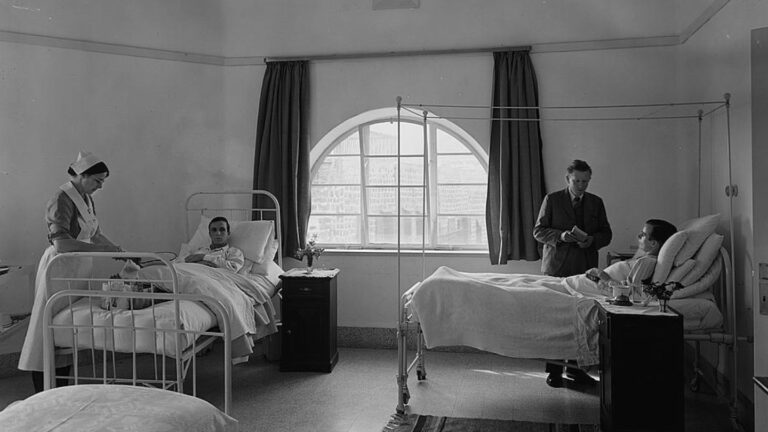“What is Jessy Cohen”? Your average Israeli associates the name with a poverty-struck, crime-plagued slum in the Tel Aviv suburb of Holon. The neighborhood was built in the early 1950s with funds donated by American-Jewish philanthropists Max and Jessica Cohen to provide public housing for new immigrants from Eastern Europe and Arab countries.
For decades, Jessy Cohen suffered from neglect. Only this July, the Holon municipality announced a decision to upgrade its public areas, so as to attract urban-renewal developers willing to work in cooperation with the locals.
One bright spot for the neighborhood has been the Israeli Center for Digital Art. Founded in 2001, the center relocated to Jessy Cohen in 2012 and redefined itself as a public art initiative. Working intensively with neighborhood residents, the center offers activities, workshops, exhibitions, conferences, events and publications.
One such project is the Complete Jessy Cohen Museum (CJCM), an ongoing project founded in the spring of 2016 by artists Effi & Amir (Effi Weiss and Amir Bornstein) along with a group of local residents to document the history of the neighborhood – formerly absent from official archives and museums — and present contemporary artistic interpretations of this history.
As they began exploring the history of Jessy Cohen, the founders made an unusual discovery: the neighborhood housed an archeological site that had been excavated in 1965. That in itself was not unusual for Israel, where layers upon layers of history lie one beneath the other. What was unusual: there was no record of any findings from the dig.
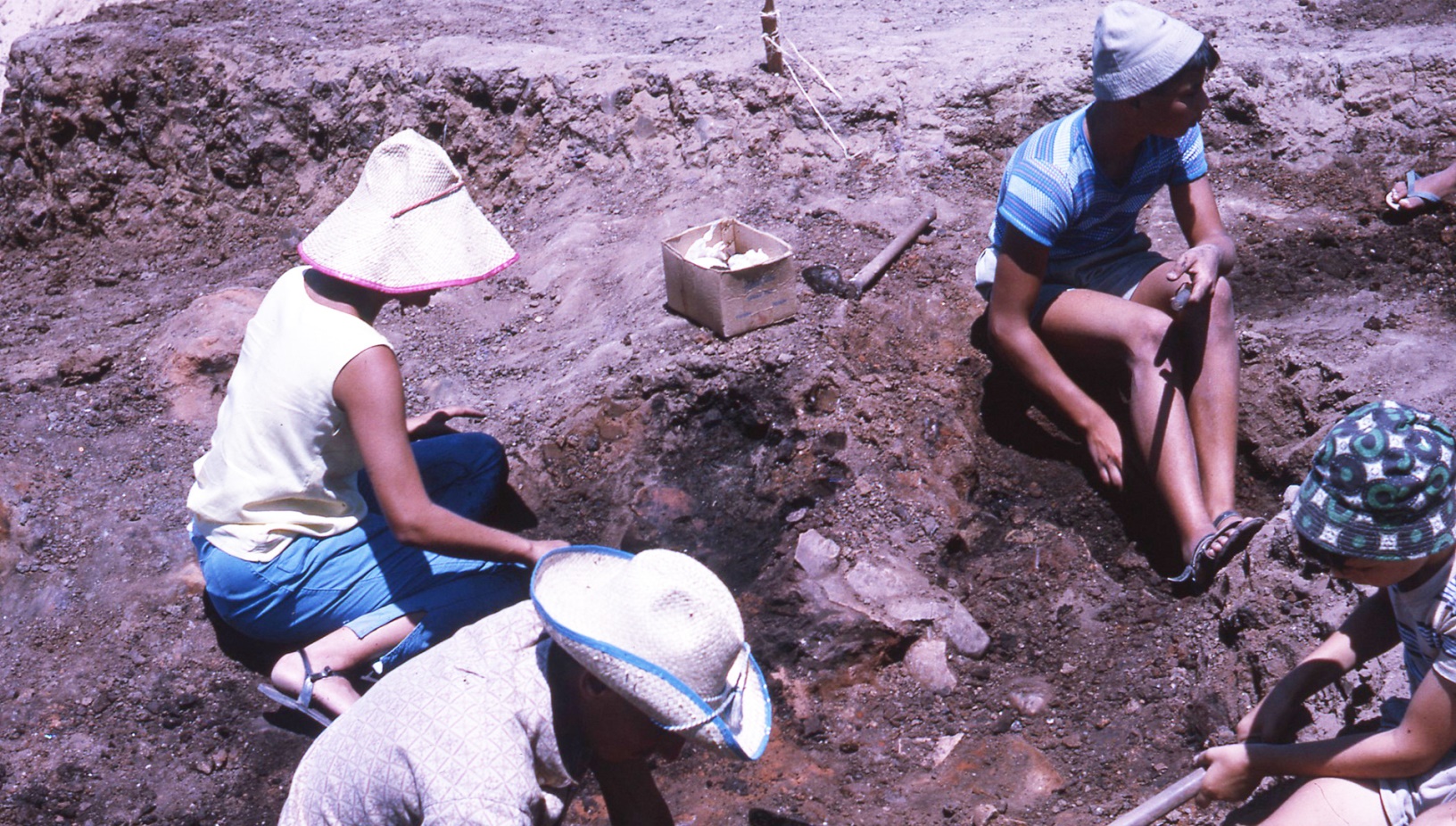
In late August 2016, the CJCM reported that the Antiquities Authority sent them the report of a preliminary excavation by archaeologist Yariv Shapira in 1965, which testifies to the existence of five layers of settlement (around 4000 BCE to 1400 BCE) from the Chalcolithic period to the Late Bronze Age.
“We tried and are still trying to organize a new excavation, as the site was only partially dug, led by an archaeologist and with the participation of neighborhood residents… we requested the Antiquities Authority lend the museum some of the findings from the 1965 excavation. To our surprise, it appears that there is no registration of any object and no information as to where they might be.”
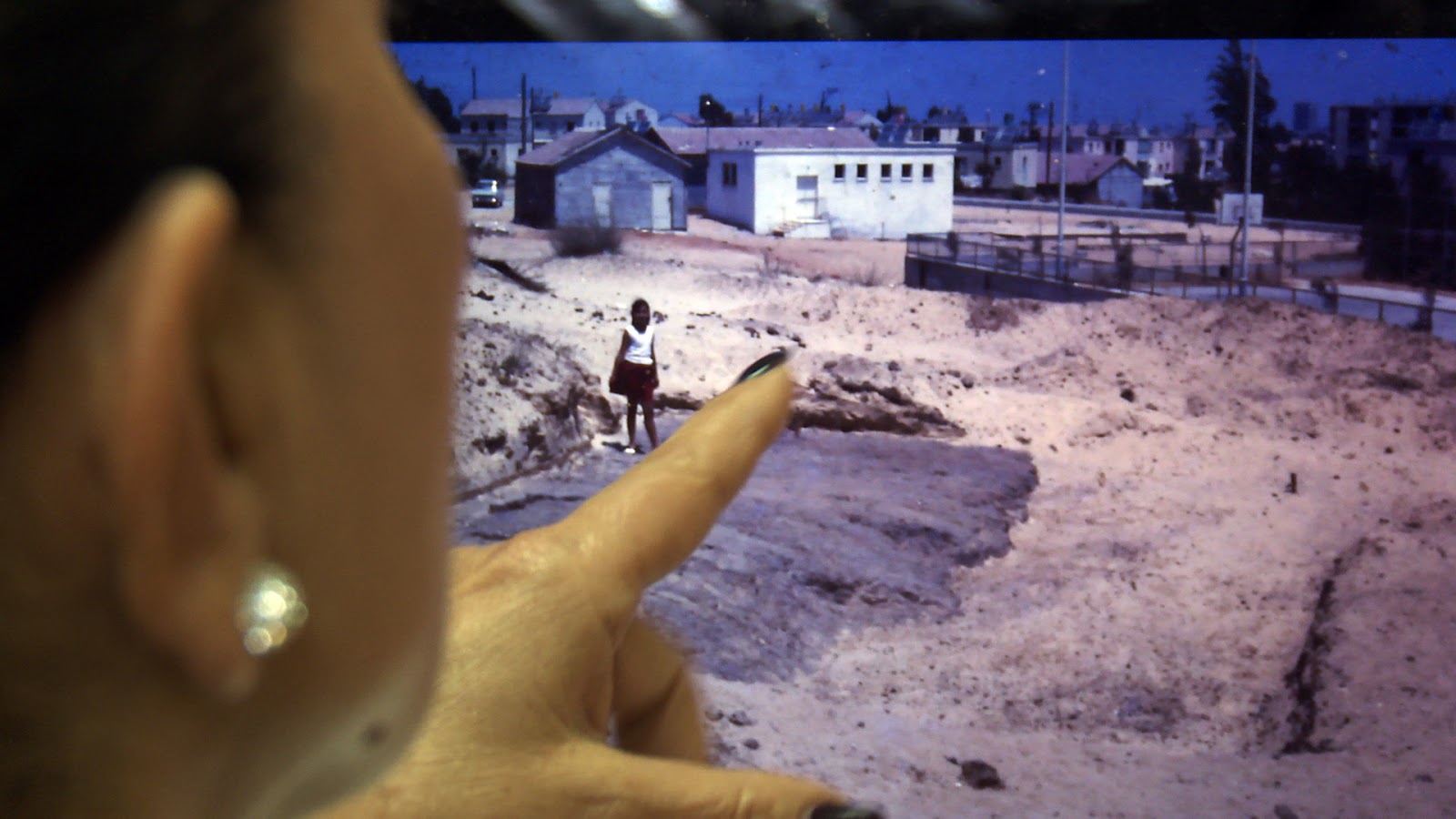
Some additional sleuthing at the small archaeological museum at the nearby city of Azor revealed that archaeologist Shapira – a Jessy Cohen resident – had not only conducted the excavation but had also taken some 120 photos. Two boxes of color slides, and a package of notes detailing the findings, were discovered in a closet at the reception desk.
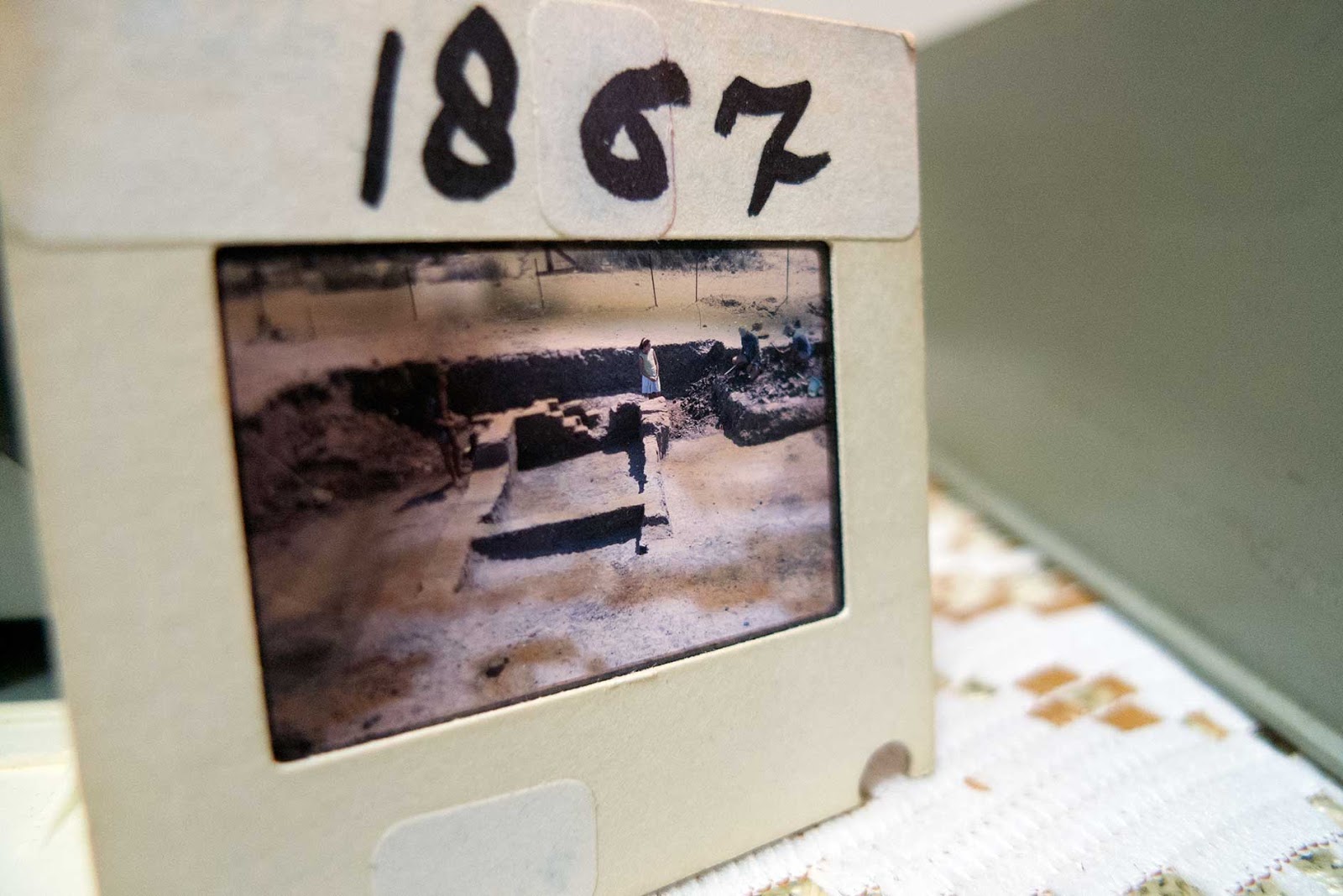
In keeping with its commitment to community involvement, the CJCM staff began searching for some of the neighborhood residents pictured in Shapira’s slides.
It took another half-year but in January 2017, the CJCM posted excitedly that 15 misplaced boxes of archaeological artifacts from the 1965 excavation had been found, quite close to home.
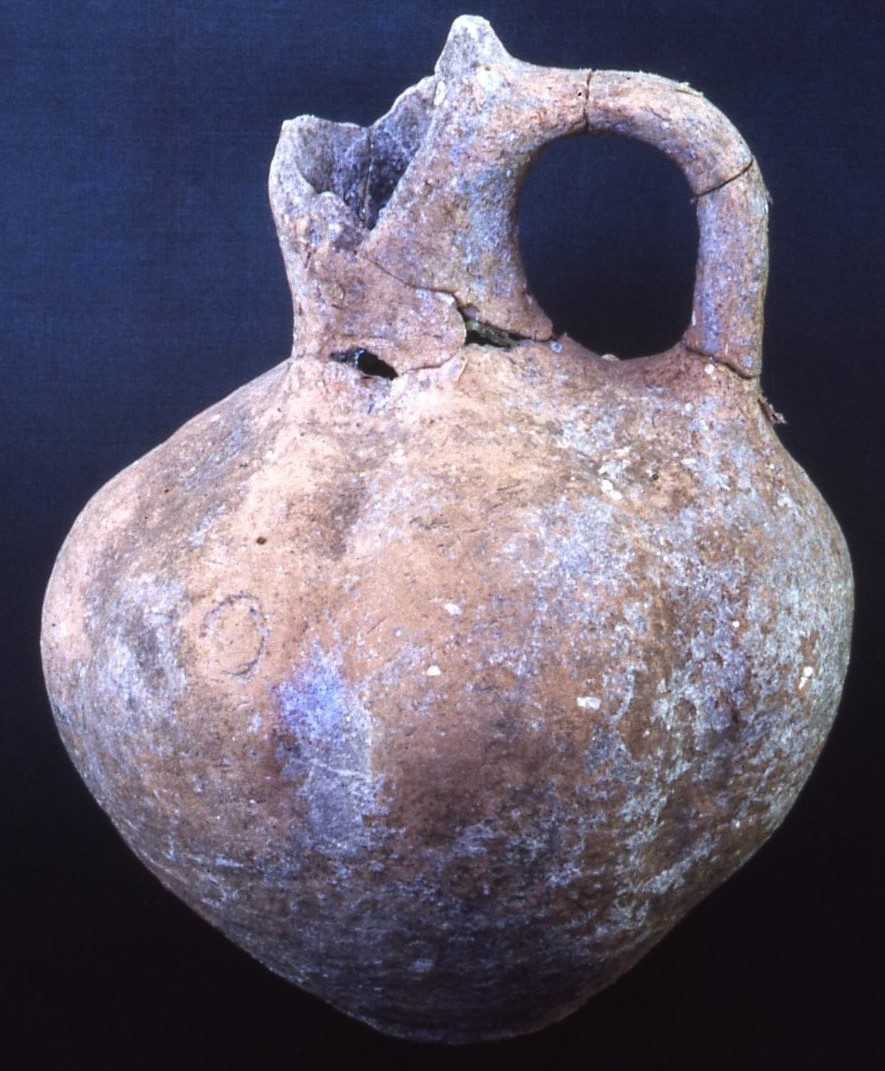
“They were lying in a storage basement belonging to the Holon municipality, will be soon transferred to the Antiquities Authority and later will be exhibited in the Jessy Cohen Museum.”
That exhibition, “We Are the Natives,” opens September 20. It will present information on the Late Bronze Age (Canaanite period), which ended with the destruction of local settlements and the conquest of Canaan by the Israelites and by a group of uncertain origin referred to by scholars as the “Sea Peoples”; findings from the 1965 discovery of the archaeological site in the neighborhood; and a replica of the excavation site (the actual site was covered up after 1965).
Jessy Cohen native Tamir Erlich, a recent graduate of the Bezalel Academy of Arts and Design in Jerusalem, was invited to create the exhibition.
Within a monumental reconstruction of the remains of a Canaanite residential structure, in addition to original artifacts, hundreds of replicas of the ancient pottery made by Erlich together with local residents will be buried within the exhibition space. Visitors will be invited to dig up “shards’ to experience the archeologist’s work.
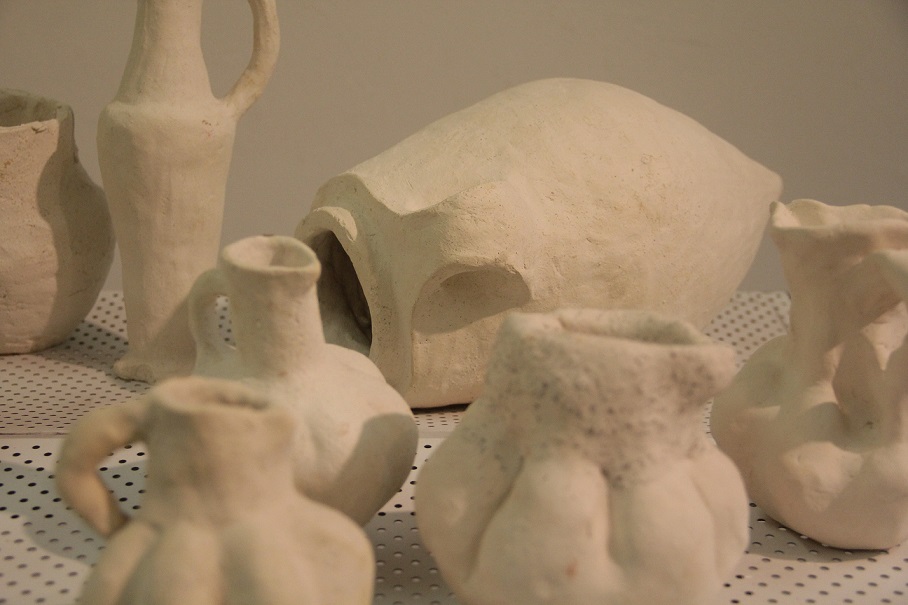
“The project will examine and challenge the way in which archeology defines identity and its ability to narrate history,” said Erlich.
“We Are the Natives” opens on September 20, 2018 and will be on display through January 1, 2019.
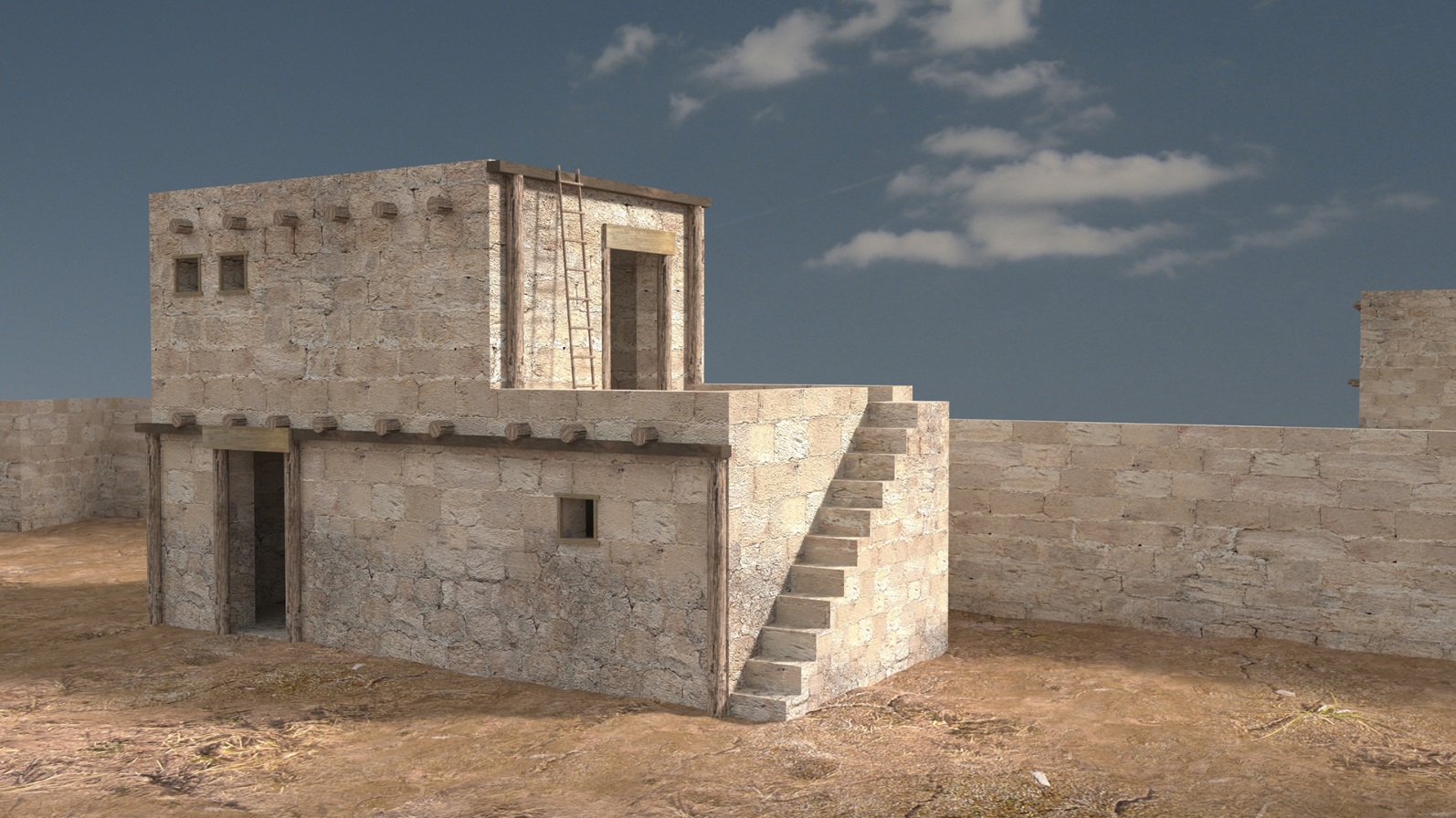




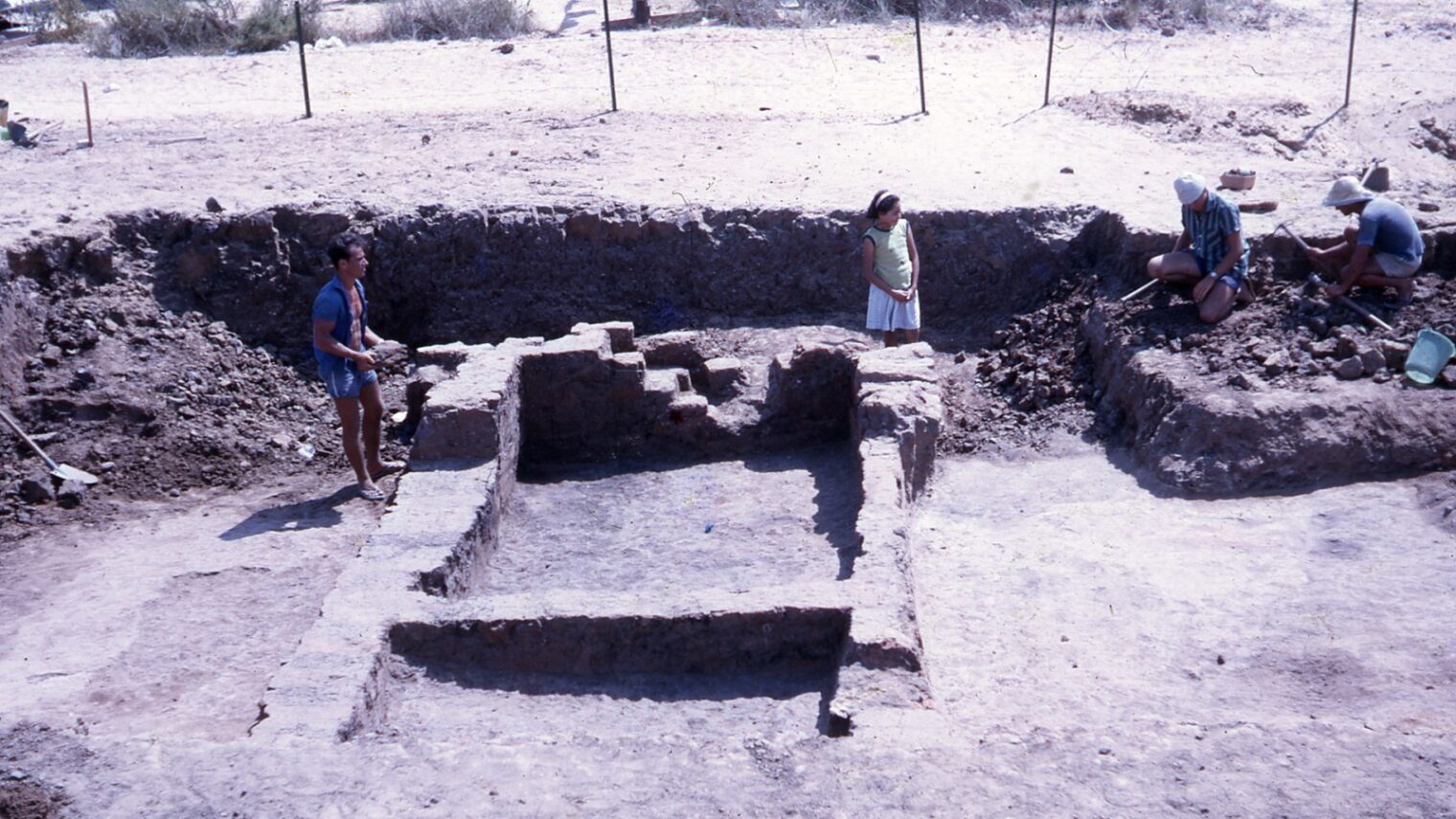
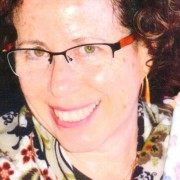









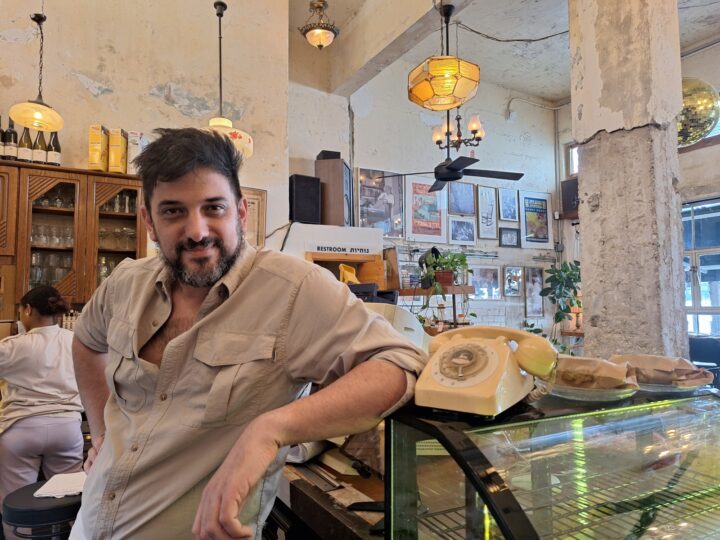
![Elections 1977 – Likud posters] In 1977, Menahem Begin led an election upset as Israel’s first non-Labor prime minister. Credit: GPO Elections 1977 – Likud posters] In 1977, Menahem Begin led an election upset as Israel’s first non-Labor prime minister. Credit: GPO](https://static.israel21c.org/www/uploads/2019/09/Elections_1977___Likud_posters_-_GPO-768x432.jpg)
